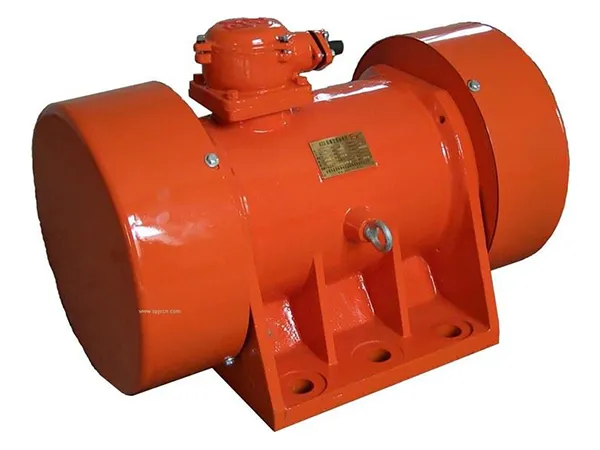time:Jul 23, 2024 source:ZEXCIT
Vibrating feeder is a kind of equipment that uses the principle of mechanical vibration to make the working parts produce periodic motion, so as to transport materials. It is widely used in the power, building materials, coal mining, metallurgy, chemical industry, grain and other industries to transport various non-viscous bulk materials. Its design is a complex process involving multidisciplinary knowledge, which requires comprehensive consideration of multiple factors such as machinery, materials, dynamics, etc.Designing a vibrating feeder involves several key calculations to ensure that the feeder operates efficiently and effectively. Here is a step-by-step guide to help you with the calculations:

1. Determine the Capacity
The capacity of a vibrating feeder is usually given in tons per hour (TPH). To determine the capacity:
Q=3600*A*V*D*w*efficiency
where:
Q = Capacity (TPH)
A = Cross-sectional area of the material bed on the feeder tray (m²)
V = Velocity of the material on the feeder tray (m/s)
D = Density of the material (kg/m³)
w = Width of the feeder tray (m)
efficiency = Efficiency factor (usually between 0.75 and 0.9)
2. Calculate the Cross-sectional Area (A)
The cross-sectional area can be calculated based on the shape and dimensions of the feeder tray:
A=Width×Height
3. Calculate the Velocity (V)
The velocity can be determined using the stroke and frequency of the feeder:V=S*f/60
where:
S = Stroke length (mm)
f = Frequency (vibrations per minute)
4. Determine the Stroke Length (S)
The stroke length depends on the design of the feeder and can be found from the manufacturer's specifications or design parameters.
5. Determine the Frequency (f)
The frequency is typically specified by the design and can be found in the manufacturer's documentation.

6. Calculate the Power Requirements
The power needed to drive the feeder can be estimated using the following formula:
P=m*g*h*efficiency/3600
where:
P = Power (kW)
m = Mass flow rate (kg/s)
g = Acceleration due to gravity (9.81 m/s²)
h = Height of lift (m)
7. Determine the Natural Frequency
The natural frequency of the feeder system should be considered to avoid resonance. It can be calculated using:
fn=2π/1√ ̄m/k
where:
f n= Natural frequency (Hz)
k = Stiffness of the system (N/m)
m = Mass of the system (kg)
8. Consider the AmplitudeThe amplitude of the vibrations should be designed to ensure the material moves effectively without causing excessive wear or spillage.

Example Calculation:
Let's assume the following parameters for a vibrating feeder:
Width of the feeder tray: 1 m
Height of the material bed: 0.2 m
Stroke length: 5 mm
Frequency: 1200 vibrations per minute
Material density: 1600 kg/m³
Efficiency: 0.85
Cross-sectional area (A):
A=1×0.2=0.2m²
Velocity (V):
V=5×1200/6=100mm/s=0.1m/s
Capacity (Q):
Q=3600×0.2×0.1×1600×1×0.85
Q=3600×0.2×0.1×1600×0.85
Q=98.28TPH
By following these steps and calculations, you can design a vibrating feeder that meets your specific requirements. If you have more precise data or additional constraints, adjust the parameters accordingly to refine the design.

A hopper discharging system, also known as a hopper discharge system or hopper unloading system, is a mechanism used to efficiently and reliably empty or discharge materials from a storage hopper or bin. These systems are commonly used in various industries such as mining, agriculture, manufacturing, and bulk material handling.
READ MORE
A vibrating tube-type feeder, also known as a vibratory tube feeder or tube conveyor, is a specialized type of vibrating feeder used for conveying bulk materials in a tube-shaped structure. These feeders are commonly used in industries such as food processing, pharmaceuticals, chemicals, and plastics, where gentle handling of materials and sanitary conditions are essential.
READ MORE
Coal vibrating feeders are used to convey bulk materials from hoppers, silos, crushers, etc. in a wide range of applications including chemical, coal, foundry, quarrying and steel industries. The coal vibrating feeders produced by our company range in capacity from 100 tons/hour to 2500 tons/hour.
READ MORECopyright © 2023 Xinxiang Zongyuan Machinery Equipment Co., Ltd. | All Rights Reserved.